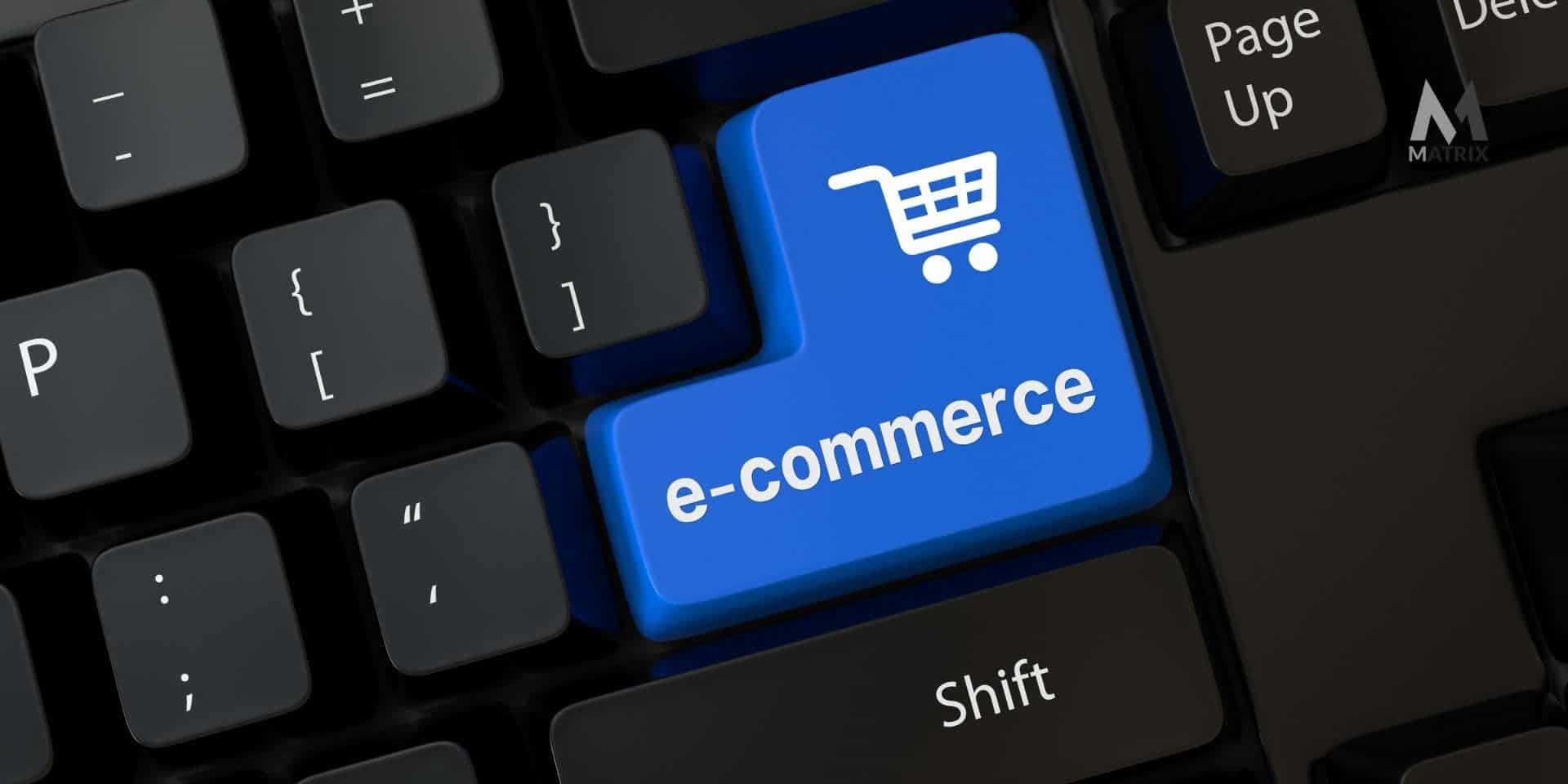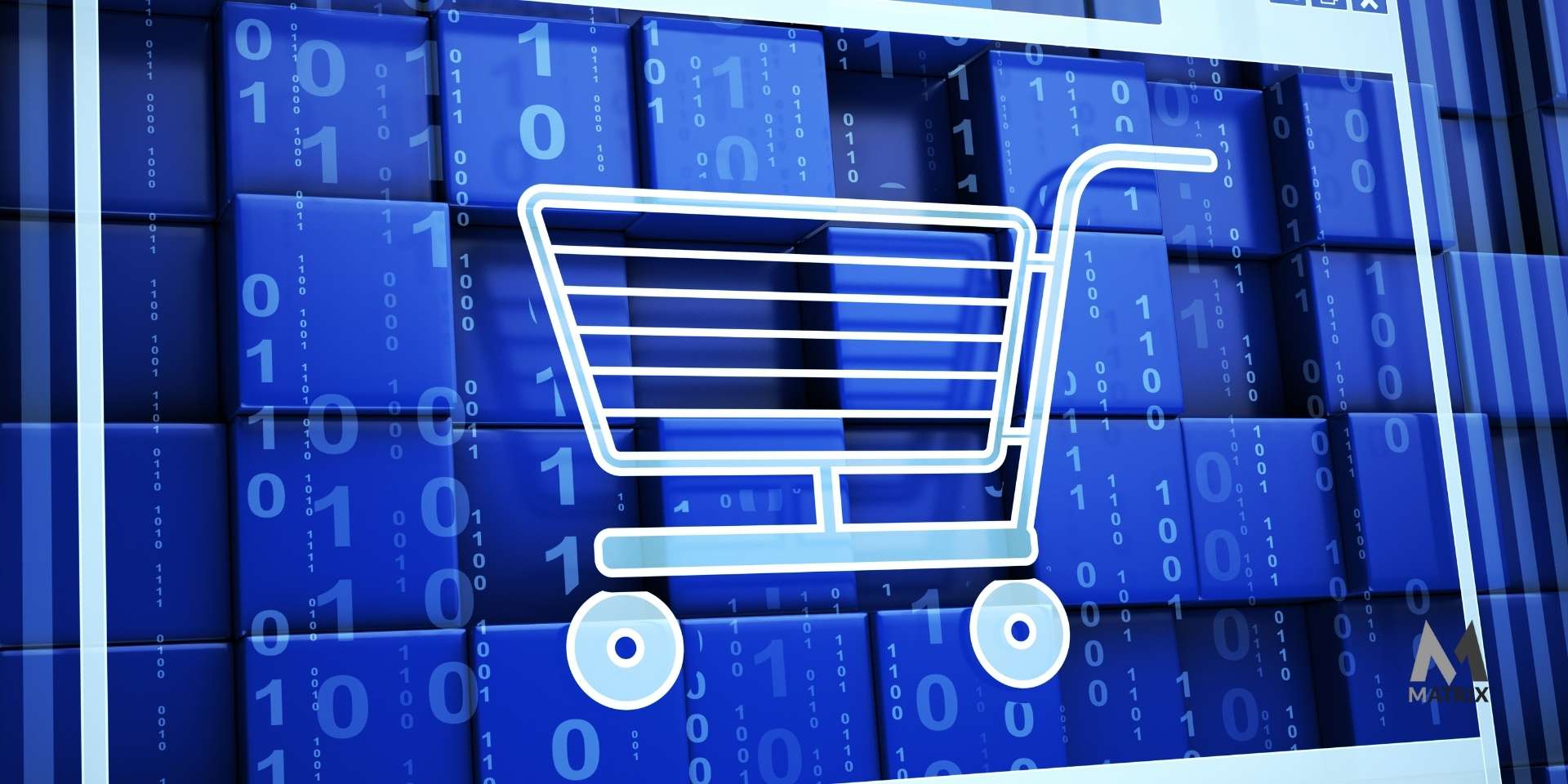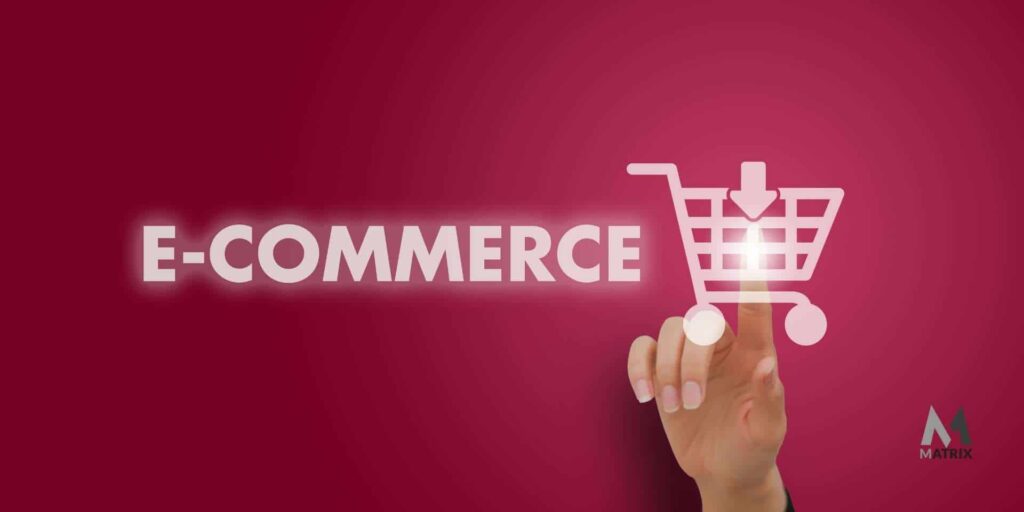Best Tips for Getting Started in 2022 with eCommerce Integration
eCommerce integration allows businesses to sell products and services online through a shopping cart or ecommerce website.
This process streamlines the buying process for customers, making it easier and faster to purchase items from your store. eCommerce integration can also help you track sales and inventory and improve customer service.
eCommerce integration is a process that allows businesses to sell products and services online through a shopping cart or ecommerce website.
This process streamlines the buying process for customers, making it easier and faster to purchase items from your store. eCommerce integration can also help you track sales and inventory and improve customer service.
eCommerce integration is essential for any business looking to expand its reach into the online marketplace.
By implementing an ecommerce solution, you’ll be able to sell more products and services while improving the customer experience. Contact us today to learn more about ecommerce integration and how it can benefit your business!
What is eCommerce Integration?

eCommerce integration is a process that allows businesses to sell products and services online through a shopping cart or ecommerce website.
This process streamlines the buying process for customers, making it easier and faster to purchase items from your store. eCommerce integration can also help you track sales and inventory and improve customer service integrated with your ERP platform.
This process allows businesses to connect their shopping cart or ecommerce website with their current systems, including inventory management, order processing, and customer service. eCommerce integration makes it easier for customers to purchase items from your store while providing important data about sales and inventory.
If you’re considering ecommerce integration, there are a few things to keep in mind. Choose the right ecommerce platform for your needs. Many different platforms are available, so it’s important to select one that offers the features and functionality you need.
You’ll need to ensure your chosen platform is compatible with your current systems. Once you’ve selected the right platform, you can begin integrating your ecommerce website with your back-end systems.
The process of ecommerce integration can seem daunting, but it doesn’t have to be. With the right platform and some careful planning, you can have your ecommerce website up and running in no time. Contact us today to learn more about ecommerce integration and how it can benefit your business!
Ecommerce integration is an automated connection between your eCommerce apps and front- and back-office (ERP system + CRM platform).
What benefits does ecommerce integration offer SMEs?
The frictionless customer buying pattern. Visitors hit your site, and you purchase in less than 5 minutes, and the order is our the door. How many times does that happen to you?
eCommerce integration is linking your ecommerce website or shopping cart to your offline business. This allows you to sell products and services online, making it easier for customers to buy from your store. eCommerce integration can also help you track sales and inventory and improve customer service.
Benefits of eCommerce Integration:
- Streamlines the buying process for customers
- Helps track sales and inventory
- Improves customer service
How does ecommerce integration work, and what are the steps involved in setting it up?
eCommerce integration allows businesses to sell products and services online through a shopping cart or ecommerce website.
This process streamlines the buying process for customers, making it easier and faster to purchase items from your store. eCommerce integration can also help you track sales and inventory and improve customer service.
eCommerce integration is a process that allows businesses to connect their ecommerce website or shopping cart with their current systems, including inventory management, order processing, and customer service.
eCommerce integration makes it easier for customers to purchase items from your store while also providing important data about sales and inventory.
Additionally, ecommerce integration can help improve customer service by providing a more seamless experience between your website and your customer service team.
How do you set up ecommerce integration with HubSpot?

eCommerce integration with HubSpot is a process that allows businesses to connect their ecommerce website or shopping cart with their current systems, including inventory management, order processing, and customer service.
eCommerce integration makes it easier for customers to purchase items from your store while also providing important data about sales and inventory. Additionally, ecommerce integration can help improve customer service by providing a more seamless experience between your website and your customer service team.
To set up ecommerce integration with HubSpot, you’ll need first to select the right ecommerce platform for your needs. There are many different ecommerce platforms available, so it’s important to select one that offers the features and functionality you need.
Additionally, you’ll need to ensure that your chosen platform is compatible with your current systems. Once you’ve selected the right platform, you can begin integrating your ecommerce website with your back-end systems.
The process of ecommerce integration can seem daunting, but it doesn’t have to be. With the right platform and some careful planning, you can have your ecommerce website up and running in no time. Contact us today to learn more about ecommerce integration and how it can benefit your business!
What are some common eCommerce integration challenges businesses face?
Some common eCommerce integration challenges businesses face include:
- Data transfer: One of the most common eCommerce integration challenges is data transfer. This refers to the process of moving data from one system to another. To ensure a smooth eCommerce integration, it’s important to plan the data transfer process carefully.
- Incompatibility: Another common eCommerce integration challenge is incompatibility. This refers to when two systems are not able to work together. To avoid this issue, it’s important to carefully research your ecommerce platform and ensure that it’s compatible with your current systems.
- Lack of resources: A third eCommerce integration challenge businesses can face a lack of resources. This can refer to both a lack of internal resources, such as staff or time, or a lack of external resources, such as budget. When eCommerce integration requires additional resources, it’s important to consider whether the benefits are worth the investment.
What are some tips for overcoming eCommerce integration challenges?

When faced with eCommerce integration challenges, businesses can take several steps to overcome them:
- Make a plan: The first step in overcoming any eCommerce integration challenge is to make a plan. This plan should include a timeline, specific goals, and the resources you’ll need to achieve them.
- Research your ecommerce platform: To avoid incompatibility issues, it’s important to research your ecommerce platform and ensure that it’s compatible with your current systems.
- Plan for data transfer: One of the most common eCommerce integration challenges is data transfer. To ensure a smooth transition, it’s important to plan the data transfer process carefully.
- Get help: If you’re facing eCommerce integration challenges that you’re not sure how to overcome, many resources are available to help. You can contact an eCommerce integration expert or consult with your ecommerce platform provider.
- Be prepared to invest: Ecommerce integration can require additional resources, such as staff or budget. When eCommerce integration requires additional investment, it’s important to consider whether the benefits are worth the cost.
eCommerce integration doesn’t have to be difficult. With some careful planning and research, you can overcome any eCommerce integration challenge. Contact us today to learn more about ecommerce integration and how it can benefit your business!
What are some of the key features of ecommerce integration that can help SMBs improve their sales and customer service?

eCommerce integration allows businesses to sell products and services online through a shopping cart or ecommerce website. T
his process streamlines the buying process for customers, making it easier and faster to purchase items from your store. eCommerce integration can also help you track sales and inventory and improve customer service.
Some of the key features of ecommerce integration that can help businesses improve their sales and customer service include:
- Easy payment processing: eCommerce integration makes it easy for customers to pay for items with various payment methods, including credit cards, debit cards, and PayPal. This makes it simpler and faster for customers to complete a purchase.
- Efficient order management: eCommerce integration allows you to manage orders more efficiently, which can help you reduce order processing time and improve customer service. eCommerce integration also allows you to track order history and status, as well as view shipping information.
- Automatic inventory updates: eCommerce integration can automatically update your inventory levels, which helps you keep track of stock and avoid overselling items.
- Customer tracking: eCommerce integration allows you to track your customers’ activity, including past purchases and website activity. This information can help you better serve your customers and improve customer service.
eCommerce integration provides a variety of benefits for businesses of all sizes. By taking advantage of the key features listed above, businesses can improve their sales and customer service.
Contact us today to learn more about ecommerce integration and how it can benefit your business!
eCommerce integration can be difficult and confusing.
eCommerce integration doesn’t have to be complicated. With just a little planning and research. Contact us today to learn more about ecommerce integration and how it can benefit your business!
Conclusion
eCommerce integration allows businesses to sell products and services online through a shopping cart or ecommerce website.
eCommerce integration can also help you track sales and inventory and improve customer service. Some of the key features of ecommerce integration that can help businesses improve their sales and customer service include easy payment processing, efficient order management, automatic inventory updates, and customer tracking.
eCommerce integration provides many benefits for business owners regarding improved efficiency and enhanced selling power; however it may come with some costs associated with additional resources like staff or budgeting expenditures.
We are happy to provide advice on how best to plan your e-commerce strategy so that you can take advantage of all the benefits e-commerce has to offer.
Ecommerce integration is a process where businesses sell products and services online through a shopping cart or ecommerce website. This process streamlines the buying process for customers, making it easier and faster to purchase items from your store. eCommerce integration can also help you track sales and inventory and improve customer service.
How Matrix Marketing Group can help with ecommerce integration
Matrix Marketing Group is a full-service ecommerce solutions provider of ecommerce integration solutions to SMEs.
Our ecommerce integration solution sets help businesses of all sizes to get started with what is ecommerce integration that includes HubSpot ecommerce, Woocommerce, Shopify, NetSuite ecommerce integration, WPengine, and ecommerce api integration.
We offer various services to help businesses take advantage of the key features of ecommerce integration, including payment processing, order management, inventory updates, and customer tracking. We also offer consulting services to help businesses plan and execute an ecommerce strategy that meets their specific needs.
If you’re considering ecommerce integration, contact Matrix Marketing Group today for a free consultation. We’ll work with you to find the right ecommerce solution and get your business up and running in no time!
General FAQs
What is ecommerce integration?
eCommerce integration is a process where businesses sell products and services online through a shopping cart or ecommerce website. eCommerce integration allows the business to streamline the buying process, making purchasing items from your store easier and faster. eCommerce integration can also help you track sales and inventory and improve customer service.
What are e-commerce’s direct advantages?
eCommerce integration allows businesses to sell products and services online through a shopping cart or ecommerce website. eCommerce integration can also help you track sales and inventory and improve customer service.
How can ecommerce help my business?
eCommerce integration provides many benefits for business owners regarding improved efficiency and enhanced selling power; however it may come with some costs associated with additional resources like staff or budgeting expenditures.
What is ecommerce integration?
eCommerce integration is a process where businesses sell products and services online through a shopping cart or ecommerce website. eCommerce integration allows the business to streamline the buying process, making purchasing items from your store easier and faster. eCommerce integration can also help you track sales and inventory and improve customer service.
Is ecommerce integration difficult to execute?
eCommerce integration is a process where businesses sell products and services online through a shopping cart or ecommerce website. eCommerce integration allows the business to streamline the buying process, making purchasing items from your store easier and faster.

